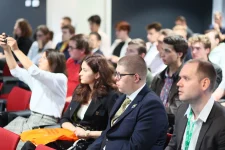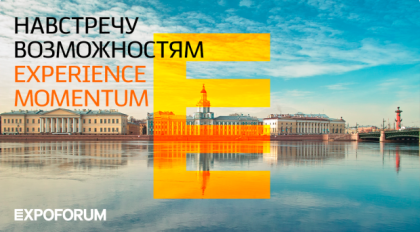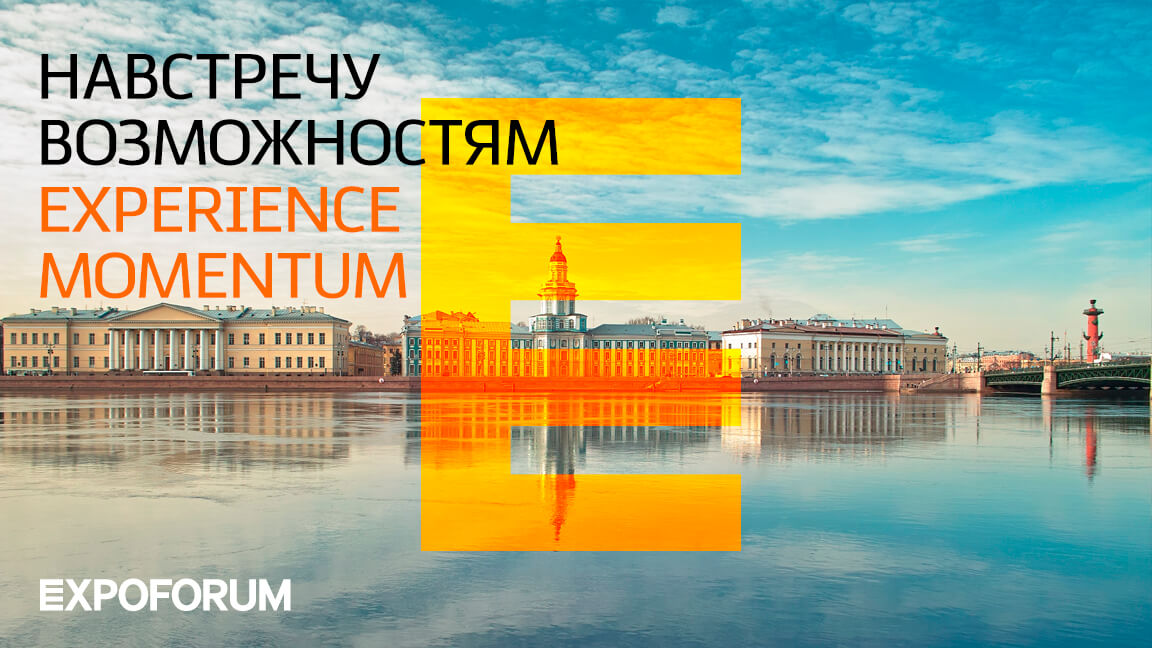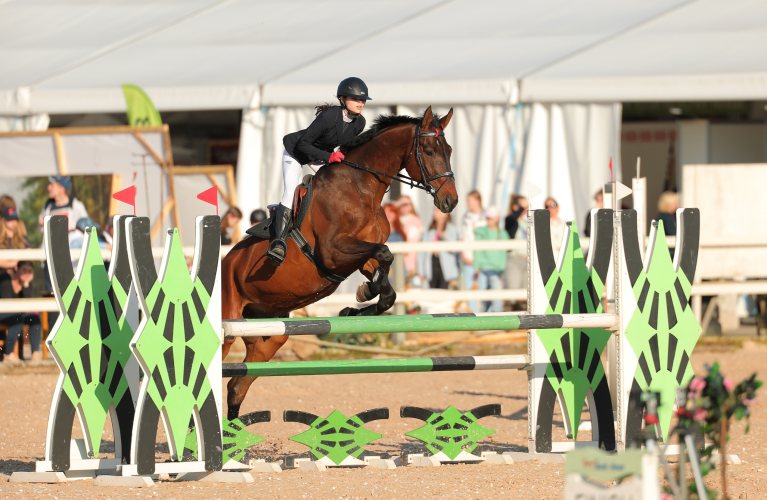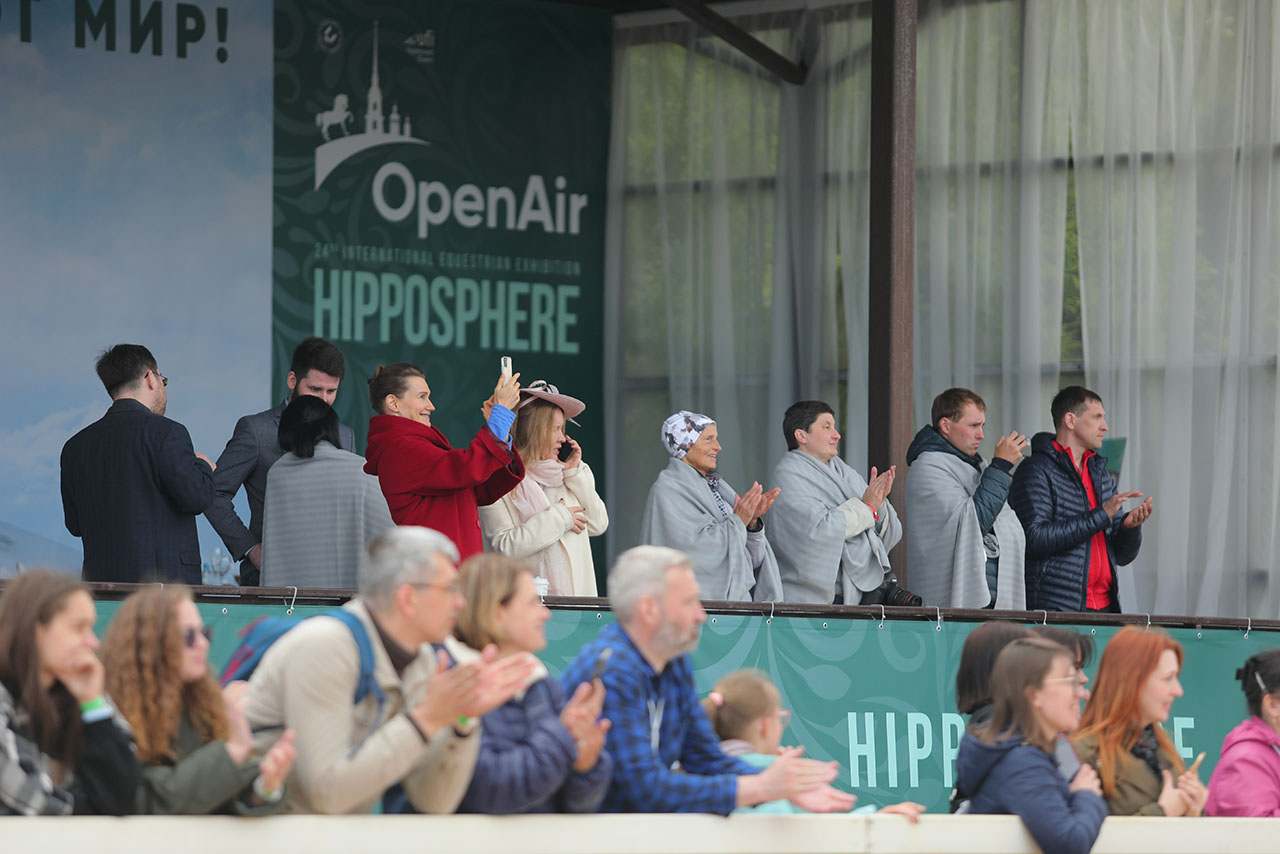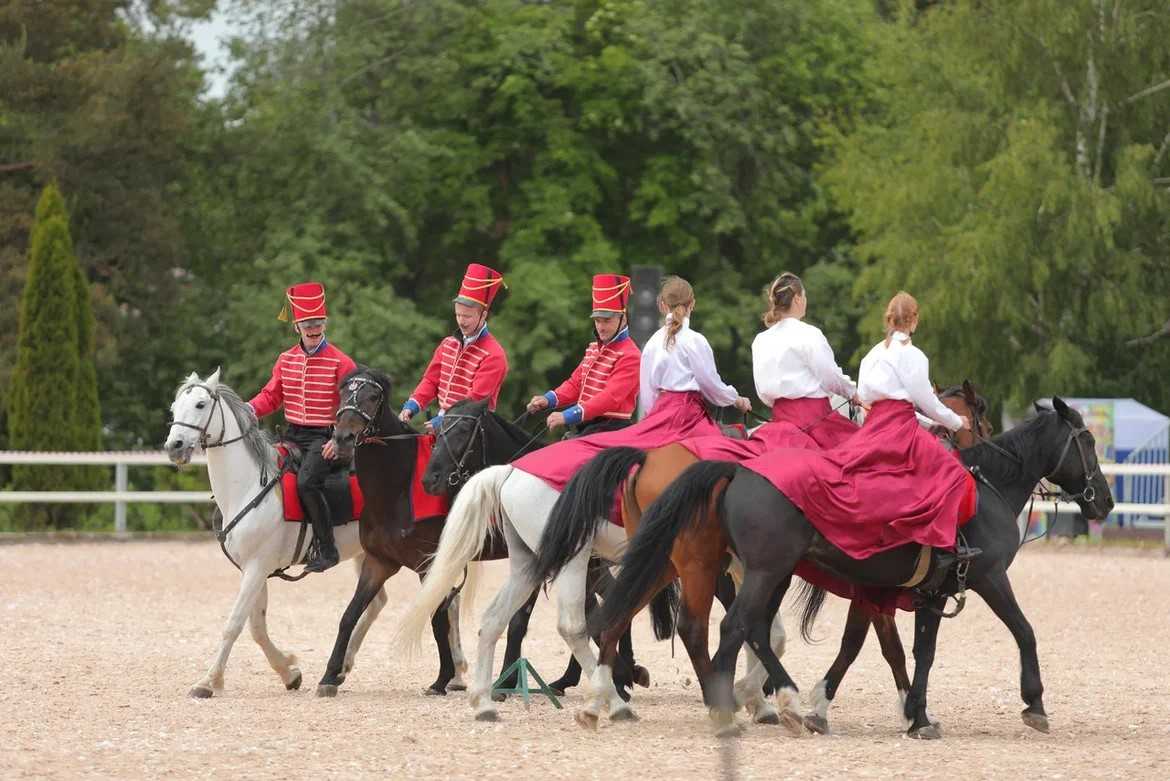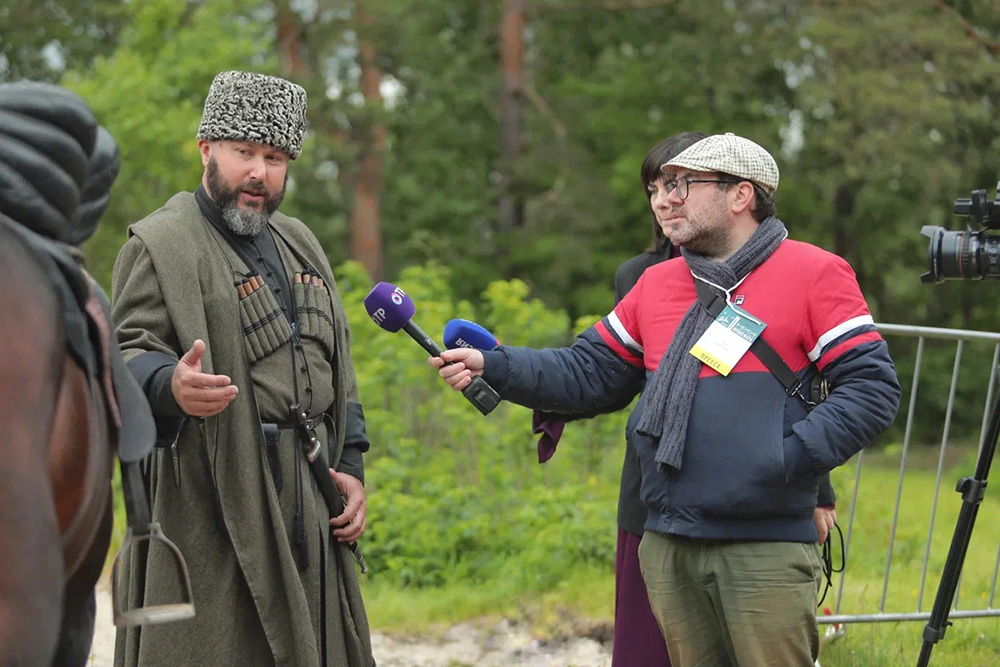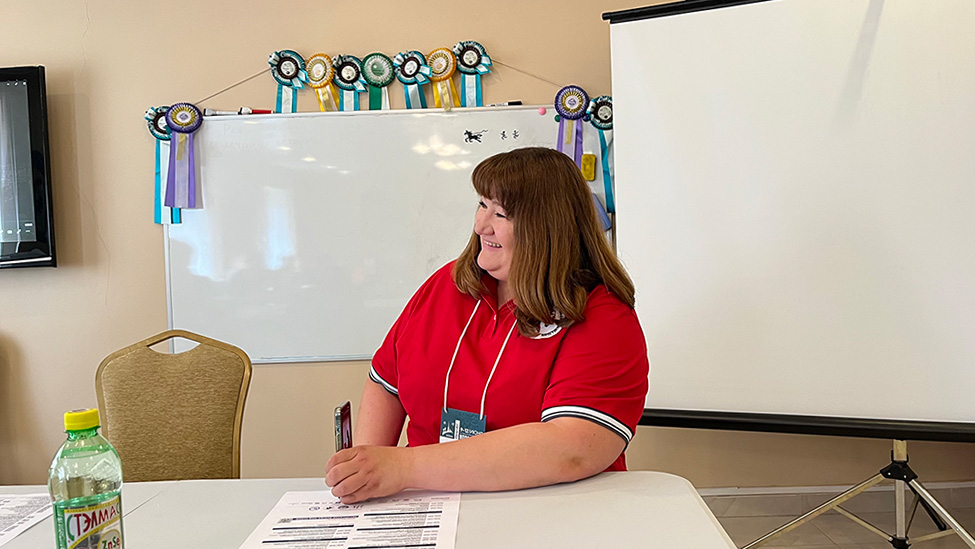Medical tourism and export of medical services will be the key topics of the congress program of St. Petersburg International Health Forum (PIHF-2023), which will be held on October 4–6 in EXPOFORUM.
St. Petersburg was the first to legislate this concept and became a driver of its development. In the first seven months of 2023, more than 63 thousand foreign medical tourists were treated in the City on the Neva for the sum of more than 380 million rubles.
On August 17, preceding PIHF-2023, the All-Russian online conference “St. Petersburg – the Territory of Innovations in Medical Tourism. Area Development Strategy” took place. Its organizers are the Committee for Tourism Development and the Medical Tourism Agency.
The online meeting was the busiest domestic industry event. The four sessions of the broadcast featured 19 reports from Russian and international experts, and the audience included specialists from 63 regions of the Russian Federation, CIS countries and the Association of Southeast Asian Nation. The participants discussed a wide range of issues: from the strategy of development of the Russian medical tourism market as a whole to the presentation of St. Petersburg’s leading medical centers to the international community.
Speakers included leading experts: representatives of executive authorities, St. Petersburg Chamber of Commerce and Industry, Association for Protection of Rights in Healthcare, international medical tourism agencies, representatives of medical organizations, professional associations and the Association of Private Clinics of St. Petersburg.
The conference was opened by Sergey Korneev, Chairman of St. Petersburg Tourism Development Committee: “The Northern Capital has all the necessary resources for successful development of medical tourism. The city’s potential is determined by a combination of factors: from advanced technologies to relatively low cost of treatment and recovery. Almost all medical organizations in St. Petersburg have experience in working with guests from other regions and abroad and try to attract such patients. At the same time, successful implementation of the project in our city requires coordination of work and interaction of all participants of the medical tourism development program at the state level.”
Natalia Panova, First Category Specialist of the Medical Rehabilitation and Health Resort Treatment Department of St. Petersburg Healthcare Committee, told about the implementation of the regional project “Development of Medical Services Export in St. Petersburg”. According to her, by the end of 2024, the Northern Capital is ready to receive at least 300 thousand medical tourists, who will bring at least 36 million dollars to the city’s economy. It is also expected that international service standards will be introduced in medical organizations.
Asad Yusufov, Chairman of the Association for Protection of Rights in Healthcare, drew attention to the functioning of medical tourism from the legal point of view. According to the expert, today Russia lacks a legal framework regulating this area of tourism. The migration registration system also needs to be improved.
The experience of developing the Northern Capital as an international medical tourism territory was one of the key issues on the agenda. The participants of the discussion agreed that a unique model of market development has been formed in the city under the aegis of a dedicated city structure – St. Petersburg Medical Tourism Agency.
At the end of the conference, a resolution was drawn to work out further strategy for the development of medical tourism for 2024.
Notably, national project “Tourism and Hospitality Industry”, initiated by Russian President Vladimir Putin, envisages an increase in exports of tourist services to $22.3 billion by 2030 and doubling of the number of jobs in the tourism industry.
For reference:
St. Petersburg International Health Forum is a key international event in the field of healthcare and protection of citizens’ health. In 2023, more than 55 companies will present their achievements in the field of healthcare at the Forum’s exposition.
More than 200 authoritative speakers will take part in the business program, which includes more than 60 scientific and practical conferences. All in all, more than 6,500 participants and visitors from Russia, Belarus, Iran, Turkey, Uzbekistan, Kazakhstan and Armenia are expected at PIHF-2023.
We invite industry experts to become participants of a large-scale industry event on October 4–6, 2023!
